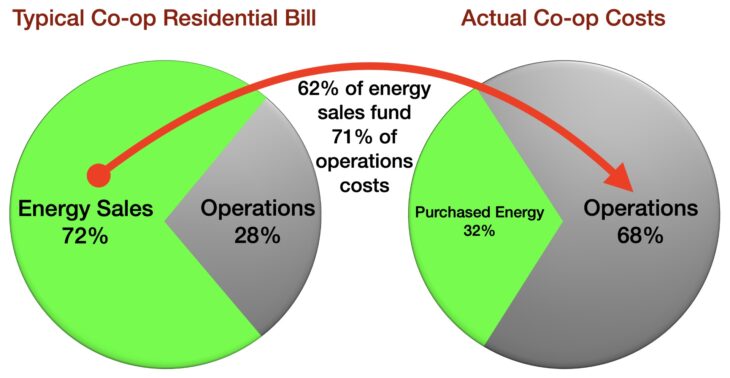OPALCO Board Approves Commercial Rate Increase
Orcas Power & Light Cooperative (OPALCO) is a non‐profit cooperative that sells power to its members at cost. OPALCO recently completed a cost‐of‐service study to determine whether each member rate class was paying their fair share of the cost. The study showed that the cost of delivering electrical service is rising and will continue to fluctuate; and that OPALCO’s commercial rates (small and large) were 20‐29% below cost of service. The Board of Directors discussed the findings and, at the July 16, 2009 board meeting, voted to bring commercial rates up to the cost of service with incremental rate increases over the next four years.
Commercial rates for 2009
As of the August 2009 billing, OPALCO’s new commercial rates (Tariff CS‐09) are:
- Base charge: $32.50 per month (up from $31.25)
- Energy Charge: First 5,000 kWh @ $0.0710 per kWh (up from $0.0684)
- Over 5,000 kWh @ $0.0620 per kWh (up from $0.0580)
- Demand charge: First 20 kW @ $0.00 per kW
- Over 20 kW @ $1.90 per kW (up from $1.61)
OPALCO is a member-owned cooperative electrical utility serving more than 11,000 members on 20 islands in San Juan County. OPALCO provides electricity that is 95% greenhouse-gas free and is predominately generated by hydroelectric plants. OPALCO was founded in 1937 to bring electricity to rural islanders.



